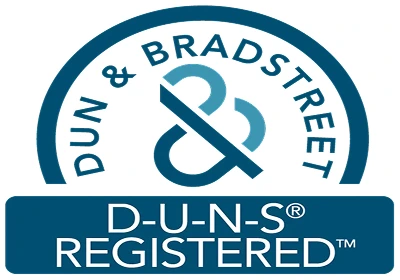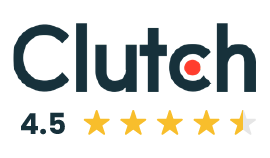Packaging Published Insights
Published Date : 22 Jan, 2026
When it comes to packaging, contract packaging can be beneficial for many companies. Outsourcing to a third-party company can save a company money until production levels are reached, or until capital expenditures can be approved. Outsourcing can also help a company w... View more
Published Date : 22 Jan, 2026
PET packaging is used to package beverages such as juice, milk, and dairy products, and is used in the packaging of consumer products. In addition to beverage packaging, PET is used to package food, cosmetics, pharmaceuticals, and household cleaning detergents. ... View more
Published Date : 22 Jan, 2026
The pharmaceutical packaging market has undergone a series of changes in recent years. Today, consumers and patients demand convenience and tailor-made products. Pharmaceutical companies have responded to this changing demand by developing new products that address pa... View more
Published Date : 22 Jan, 2026
Atmospheric foam pump is a device, which is used to dispense out soap in the form of foam. A foam pump dispenser dispenses a particular quantity of liquid, which results in reducing wastage and increases hygiene as the product only touches the user’s hand or a c... View more
Published Date : 22 Jan, 2026
Active atmosphere packaging is effective technology that maintains the quality of food products or any other easily perishable products by modifying the atmosphere surrounding the product within the packaging. Due to this, the shelf-stability of the product is enhance... View more
Published Date : 22 Jan, 2026
The Fresh seafood packaging market is expected to witness significant growth over the forecast period. Fresh seafood is an extremely perishable food and is required to be handled with care to ensure that it is prevented the growth of microorganisms. Growth of the mark... View more
Published Date : 22 Jan, 2026
Biodegradable disposables are formed by natural raw materials such as wheat bran, cane fibre, bamboo, wheat & rice bran, bamboo, dried leaves, and others. Rising concerns over environmental damage due to excessive usage and disposal of plastic based disposables ha... View more
Published Date : 22 Jan, 2026
Thermoforming process involves molding of a specific sized thermoplastic sheet with the help of external pressure applied by vacuum, air or mechanical means for production of plastic products. The thermoplastic sheet is softened to a particular extent by heating and c... View more
Published Date : 22 Jan, 2026
The bag on valve technology (BOV) is used in various applications such as personal care & cosmetics, pharmaceutical, automotive & industrial, and home care. The BOV technology is considered to be rapidly growing in packaging different products. The BOV technol... View more
Published Date : 22 Jan, 2026
Holographic films are excellent to curb counterfeiting as they provide protection and avoid tempering. These films are available in in various standard sizes and can be customized as per specifications of consumers. Holographic films can be used in gift wrapping, pack... View more
Published Date : 22 Jan, 2026
Plastic film is a thin continuous form of polymer material and is a popular choice of packaging material. Plastic films are commonly used in various industries such as packaging and construction industries. Moreover, plastic films can be easily reused and recycled and... View more
Published Date : 22 Jan, 2026
Functional films are polymer sheets that are used to improve the properties of the fragile substrate. They are widely used across solar cells and the automotive industry to enhance the functional properties of automotive components. These films can be classified into ... View more
Published Date : 22 Jan, 2026
Die cut lids are the type of packaging that is mainly used to protect food products from the surrounding atmospheric conditions such as temperature and humidity. Die cut lids also provide convenience to the consumers during opening the packaging. Manufacturers are foc... View more
Published Date : 22 Jan, 2026
Caps and closures are the plastic packaging on top of bottles, jars, tubes, cans, and so on. They are of different types such as screw top, crown cap, snap-on, friction fit, tamper evident, and dispersing. Caps and closures find a broad range of applications in numero... View more
Published Date : 22 Jan, 2026
Lamination adhesive is an important ingredient for manufacturing flexible packaging products for various end-user industries such as healthcare and pharmaceuticals, food and beverages, manufacturing, and others. Flexible packaging is the type of packaging product whic... View more
Published Date : 22 Jan, 2026
Nano-enabled packaging is a next-generation packaging solution that improves the shelf-life of food products. It also reduces the risk of contamination and is produced by using two components: nanofillers and nanocomposite. Nano-enabled packaging also enhances attribu... View more
Published Date : 22 Jan, 2026
Glass is used for manufacturing bottles, containers, vials, syringes, and ampoules among others. Glass molds play an important role in the manufacturing of glass products such as ampoules, syringes and vials. Glass is preferred for these application as it tends to not... View more
Published Date : 22 Jan, 2026
Converting paper finds applications in the sanitary and packaging industry. The consumption of converting paper is growing rapidly for tasks other than printing and writing across the globe. Converting paper finds applications in the growing industrial packaging indus... View more





